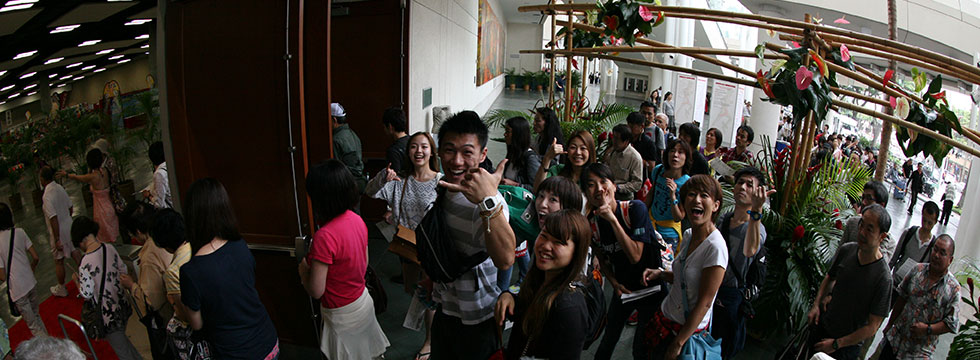Reversing Entries Why are Reversal Entries Needed?, Example
July 5, 2024 2:52 pm Leave your thoughtsBy making adjustments to revenue, expense, liability, and asset accounts, reversing entries can help to correct errors and ensure that financial statements are both accurate and reliable. When a new accounting period begins, reversing entries are automatically posted to the general ledger. This ensures that the previous period’s adjusting entries are reversed and that the financial statements accurately reflect the company’s financial position and performance for the new period. A reversing journal entry is a type of adjusting entry that is made at the beginning of an accounting period to reverse the effects of a previous adjusting entry. This is done to simplify the accounting process and ensure that the financial statements are accurate. Reversing entry apply to accrued expenses and revenues, ensuring transactions from the previous period do not result in duplication.
A sole proprietorship is a simple form of business where there is one owner. However, for accounting purposes the economic entity assumption results in the sole proprietorship’s business transactions being accounted for http://www.businessuchet.ru/pravo/DocumShow_DocumID_181129_DocumIsPrint__Page_2.html separately from the owner’s personal transactions. If the revenues earned are a main activity of the business, they are considered to be operating revenues.
Non-Cash: depreciation, estimation
By automatically reversing journal http://allmedia.ru/newsitem.asp?id=681428 entries at the start of a new period, businesses reduce the risk of errors, maintaining confidence in the accuracy of financial statements. They simplify the process of creating adjusting entries for the next accounting period, and ensure that the financial statements accurately reflect the company’s financial position and performance. They are used to simplify the process of creating adjusting entries for the next accounting period. Adjusting entries are made at the end of each period to ensure that the financial statements accurately reflect the company’s financial position and performance. Reversing entries are journal entries made at the beginning of an accounting period to reverse specific adjusting entries from the previous period. These entries are typically used to avoid double-counting revenues or expenses, ensuring that your financial records remain accurate and streamlined.
Unearned revenue
Expenses decrease stockholders’ equity (which is on the right side of the accounting equation).Therefore expense accounts will have their balances on the left side. 💡 To spot reversing entries, look for entries that debit or credit the same accounts that were adjusted, but with opposite values, ensuring the original adjusting entry is neutralized. At the beginning of the next month, you reverse the entry to indicate the software purchase isn’t applicable for the new accounting period.
Accounting with the reversing entry:
You can also visit our Debits and Credits topic outline for further assistance. The chart of accounts allows you to find the name of an account, its account number, and perhaps a brief description. It is important http://businesslearning.ru/NewsAM/NewsAMShow.asp?ID=222748 to expand and/or alter the chart of accounts to accommodate the changes to an organization and when there is a need for improved reporting of information. Debit amounts will be entered on the left side of the T-account, and credit amounts will be entered on the right side.
Role in the Accounting Cycle
Having entry numbers and standard entries should help to make the monthly closings more routine and efficient. Accounting software is likely to include a feature for reconciling the bank statement. Expenses are often organized by function such as manufacturing, selling, and general administrative. At other times expenses will be organized by responsibility such as Department #1, Sales Region #5, Warehouse #2, Legal Department, etc. Furniture and FixturesThis account reports the cost of desks, chairs, shelving, etc. that are used in the business.
Why are Reversal Entries Needed?
You would do a reversing entry at the beginning of the month in anticipation of the invoice, which will result in a debit to accrued expenses payable and a credit to expense. Then, once the actual invoice arrives, you would record the entry and the $10,000 expense credit would balance out to $0. You might also need to make a reversing entry if you mistakenly paid a vendor twice for a good, or if you made a miscalculation. Even if you don’t have accounting software, a reversing entry works by simply adjusting an entry from credit to debit or vice versa during the current period depending on the transaction. When you receive the invoice for the expense previously accrued and you record it in your accounting software for payment, the expense will be recorded twice if the previous month’s accrual is not reversed. Another option is to allow your accounting software to automatically do the preparation of reversing entries for you at the beginning of a new accounting period.
- At the end of the accounting year, the balance in each of the accounts used for recording operating expenses will be closed in order to start the next accounting year with a zero balance.
- In this section we will highlight how the accounting software will capture financial transactions and then automatically update the general ledger and store the information for management’s future use.
- Hence the revenues reported on the income statement were earned but the company may not have received the money from its customers.
- When the allowance account is used, the company is anticipating that some accounts will be uncollectible in advance of knowing the specific account.
- If the expense method is used in recording prepaid expense, reversing entries can be prepared.
Each type addresses specific accounting needs, ensuring accuracy and simplicity in managing financial records. The purpose of reversing entries is always to simplify the bookkeeping process, for that reason not all adjusting entries should be reversed. For example, it serves no useful purpose to reverse the depreciation adjusting entry from the previous period, only to reinstate it at the end of the current period. When the temp agency’s invoice dated January 6 arrives, the retailer can simply debit the invoice amount to Temp Service Expense and credit Accounts Payable (the normal routine procedure). If the actual invoice is $18,000 the balance in Temp Service Expense will change from a credit balance of $18,000 to a balance of $0.
The type of error should be noted, and brought to management’s attention, if the accountant feels the error might be intentional. Intentional errors are called “falsifications” and are an indication there might be fraud. Other or nonoperating items include interest income, interest expense, and gains and losses on sale of assets used in the business, loss on lawsuit, etc. Goodwill is a long-term (or noncurrent) asset categorized as an intangible asset. The amount of goodwill is the cost to purchase the business minus the fair market value of the tangible assets, the intangible assets that can be identified, and the liabilities obtained in the purchase. The book value of a company is the amount of owner’s or stockholders’ equity.
Categorised in: Bookkeeping
This post was written by vladeta



